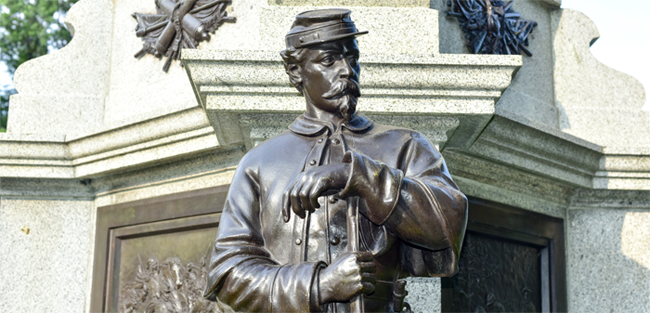Migraines have the potential to severely reduce your quality of life. For some people, migraines are so bad that they are unable to work regularly, attend school or maintain normal adult responsibilities. There are a number of treatment options, but if you are not getting relief with the common ones, Botox can be used to effectively treat migraines. Dr. Binder pioneered the technique and has been using Botox for migraine treatment ever since.
Using Botox to Treat Migraines
Experts do not fully understand how Botox works to treat migraines. They believe that it might be due to relaxing the muscles in the area that can cause tension during contraction. It may also inhibit pain pathways. No matter the science behind it, Dr. Binder has used this technique to successfully treat or limit the migraines of several patients, and he continues to do so.
When Dr. Binder administers the Botox treatment, he makes the injections into specific areas to alleviate your migraines. These points typically include your temples, back of the head, upper back, bridge of the nose, your forehead and your neck. Dr. Binder will determine the best injection sites for you based on where your migraine pain is.
It can take 10 to 14 days for the Botox to take effect and start alleviating your migraines. On average, the injections can provide relief for up to three months. Some people will need two or more treatments, spaced 90 days apart, to start getting effective relief from their migraines.
A Simple Procedure with no Downtime
This is a simple in-office process, and you can go home shortly afterward. The first thing Dr. Binder will do is numb your skin to help reduce any potential discomfort. Once you are numb, your doctor injects a small amount of Botox into the pre-determined injection sites using a thin needle. Once the procedure is over, do not rub the injection sites. You can typically resume your normal activity level right away.
Possible Risks of Botox
The majority of people do not experience any serious side effects with these injections. Mild side effects, such as bruising, swelling, flu-like symptoms and headaches are common and temporary. While highly unlikely, the following are also possible if the Botox spreads elsewhere in the body:
- Excessive tearing or dry eye
- Vision problems
- Trouble breathing
- Muscle weakness
- Difficulty swallowing or speaking
- Bladder control loss
Gain Freedom from Migraines
Botox has become a rather popular option for treating migraines, especially in the last five years. With this versatile treatment, you can significantly increase your quality of life without the pain of nagging migraines. If you suffer from migraines and other forms of treatment haven’t alleviated symptoms, contact us. Dr. Binder has successfully treated countless clients for migraines.
 The term facial reconstruction surgery conjures up images of pristine exam rooms and sterile equipment. While these perceptions are accurately evocative of the modern field of American plastic surgery, the procedures we know today actually go all the way back to the Civil War. While a myriad of advancements have been made in recent years, the earliest facial reconstructions occurred during a truly bleak time in our history, laying the framework for modern plastic surgery.
The term facial reconstruction surgery conjures up images of pristine exam rooms and sterile equipment. While these perceptions are accurately evocative of the modern field of American plastic surgery, the procedures we know today actually go all the way back to the Civil War. While a myriad of advancements have been made in recent years, the earliest facial reconstructions occurred during a truly bleak time in our history, laying the framework for modern plastic surgery.
